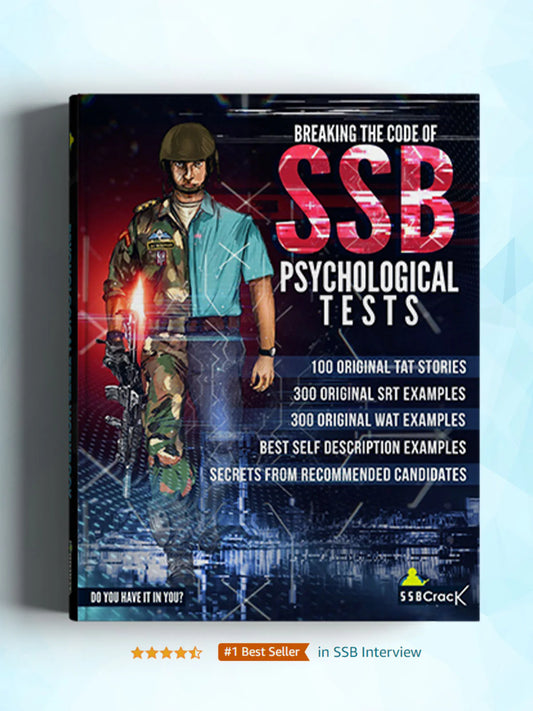NDA Medical Test: Eligibility Criteria & Common Medical Rejections

The National Defence Academy (NDA) is among the most prestigious institutions for training military officers in India. It serves as a foundational pillar for aspiring individuals seeking to serve the nation in various branches of the Armed Forces, including the Army, Air Force, and Navy. However, gaining admission to the NDA is not solely based on academic merit or performance in competitive examinations; it involves a comprehensive selection process that includes a stringent medical examination. This medical evaluation plays a crucial role in determining an individual's fitness for the rigors of military training and operational duties.
Importance of the NDA Medical Test
The NDA Medical Test is essential for assessing candidates' overall health, endurance, and physical capabilities. An individual's medical fitness can significantly influence their effectiveness as a soldier, as military roles often demand not only physical strength but also mental resilience and peak health. Any inadequacies discovered during the medical examination may end up disqualifying a candidate, which makes understanding the eligibility criteria and common causes for rejection crucial for aspiring NDA candidates.
Historical Context
The establishment of the National Defence Academy in 1954 marked a significant shift in the way officer training was approached in India. Prior to its inception, officers were trained in different academies with no centralized structure. The NDA integrated both the theoretical and practical training aspects within a military framework, ensuring that future leaders of India’s Armed Forces are well-prepared to face various challenges. The medical examination emerged as a crucial component of this training model, aimed at ensuring that only the most capable individuals enter this demanding field. Over the years, owing to changes in the nature of warfare and advancements in medical science, the NDA medical tests have evolved, adapting to contemporary requirements.
Understanding the NDA Medical Test
Eligibility Criteria
To qualify for the NDA, candidates must meet specific eligibility criteria that cover educational qualifications, age limits, and physical fitness benchmarks.
-
Educational Qualification:
- For Army Wing: Candidates must have completed 10+2 with Physics, Chemistry, and Mathematics from a recognized board.
- For Air Force and Naval Wings: In addition to the above, candidates must also have Mathematics and Physics in their higher secondary certificate.
- Age Limit: Candidates must be aged between 16.5 to 19.5 years on the first day of the month in which the course is commencing.
-
Physical Standards: Candidates must meet specific height, weight, and vision standards set by the NDA, which include:
- Minimum height of 157 cm for males and 152 cm for females.
- A certain weight to height ratio according to age.
- Corrected vision standards: The minimum distant vision should be 6/6 in one eye and 6/9 in the other.
Common Medical Rejections
Despite meeting academic and educational benchmarks, many candidates encounter disqualifications during the NDA medical examination. Here are some of the most common reasons for rejection:
-
Visual Impairments:
- Candidates with poor vision (less than the required standards) or those who have undergone eye surgeries may be disqualified. Conditions like color blindness or significant refractive errors can also lead to rejection.
-
Physical Disabilities:
- Any visible deformities, limb length discrepancies, or severe musculoskeletal issues can result in disqualification. This includes flat feet, malaligned knees, or signs of scoliosis.
-
Mental Health Issues:
- Candidates with a history of psychological disorders, chronic anxiety, depression, or other mental health conditions may be deemed unfit for service.
-
Chronic Medical Conditions:
- Serious diseases such as diabetes, epilepsy, asthma, or heart conditions are among common causes for rejection. A comprehensive medical history is scrutinized during examinations.
-
Obesity and Underweight Considerations:
- Candidates falling outside the prescribed weight range, either being over or underweight, may not meet the physical standards.
-
Substance Abuse:
- Past instances of drug abuse or addiction can lead to automatic disqualification.
-
Hearing Loss:
- Significant hearing impairment that could affect operational efficiency may also lead to rejection.
Case Studies and Real-world Applications
To better understand the stakes involved in the NDA medical test, we can examine real-world cases of candidates who faced rejection due to medical issues despite otherwise excellent qualifications:
- Sudhir, a candidate with commendable academic achievements, was disqualified during the medical exam due to a minor knee injury suffered during practice. His history of knee instability categorized him as “unfit” according to the medical board guidelines, emphasizing the importance of physical examination.
- Anjali, who excelled in her studies, failed the medical test due to a vision impairment that she was not aware of previously. Despite having strong physical capabilities, her condition disqualified her, highlighting the need for candidates to undergo thorough pre-exam health assessments.
These cases illustrate that medical evaluations can sometimes overlook individual capabilities and potential, but they remain critical for operational readiness and efficacy in defence roles.
Statistical Data and Research Insights
Understanding the statistics related to the NDA medical examination aids in recognizing trends and issues:
- According to reports, approximately 35-40% of candidates face disqualification due to medical issues.
- Research suggests that candidates with stronger support systems (family, mentoring) tend to perform better in physical assessments, which could lower rejection rates.
- The medical examination is known to be one of the most scrutinized and can take anywhere from a few hours to a complete day, often leading to stress and anxiety among candidates.
Comparative Analysis
When comparing the NDA medical standards with those of other military academies globally, some key differences emerge:
- United States Military Academy (West Point) employs a comprehensive medical evaluation that includes psychological assessments and physical readiness tests. The emphasis is equally on mental and physical health.
- Similarly, the Royal Military Academy Sandhurst in the UK has a rigorous medical screening process, but candidates are given opportunities for specialized assessments, allowing for transparency in evaluations.
India's NDA medical examination stands out for being stringent and focused on physical readiness, revealing a need for candidates to meet specific characteristics for successful military careers.
Challenges and Solutions
Several challenges face candidates aspiring to clear the NDA medical examination:
-
Awareness: Many candidates are unaware of the specific medical criteria before applying, leading to disappointment after rejection.
- Solution: Incorporating a pre-exam consultation or pre-selection medical screenings could help candidates understand their fitness.
-
Stress and Anxiety: The high stakes of the NDA examination can lead to undue stress, impacting candidates’ physical performance.
- Solution: Workshops focusing on mental health and physical preparation could greatly help candidates manage stress effectively.
-
Reformative Measures: There's often criticism regarding the rigid nature of medical standards, particularly concerning minor health discrepancies.
- Solution: Providing clarity on what constitutes “fitness” and possibly introducing a second assessment for borderline cases can enhance fairness.
Future Trends and Predictions
As military practices evolve, so too will the criteria for assessing medical fitness. A few likely trends include:
- Telemedicine: Virtual assessments may become commonplace, allowing candidates from remote areas to easily access specialist evaluations.
- Fitness Technology: Wearables that monitor health metrics may be incorporated into the assessment process, providing real-time data on candidates' fitness levels.
- Holistic Evaluations: There is a push towards a more comprehensive view of fitness that considers mental health and resilience, recognizing the importance of psychological robustness alongside physical prowess.
Conclusion
In summary, the NDA Medical Test serves as a crucial gatekeeping mechanism for one of India's foremost institutions training future military leaders. Understanding the eligibility criteria and common reasons for medical rejections is vital for candidates aspiring to don the uniform of the Armed Forces.
With a concerted effort to improve awareness and support throughout the candidate journey, the aspirants can enhance their chances of success. Candidates should prepare physically and mentally, engage in self-awareness about their health, and utilize available resources, such as those provided by SSBCrack and SSBCrackExams.
As aspiring officers, being proactive about health and fitness can ensure readiness for the stringent demands of both the NDA and ultimately, the defence of the nation.
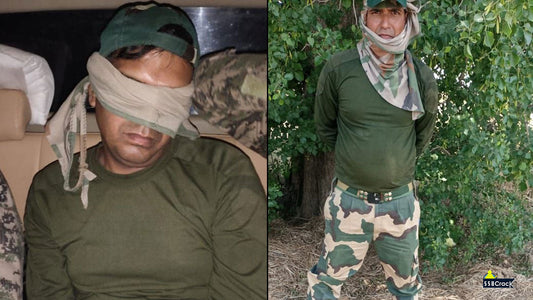
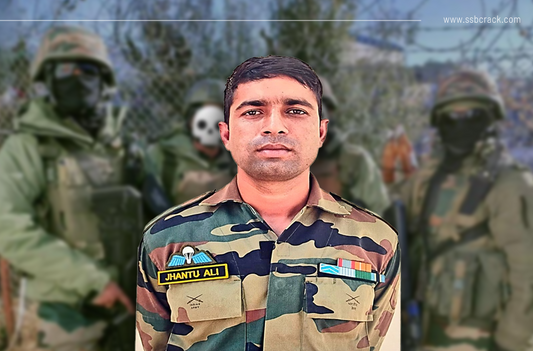

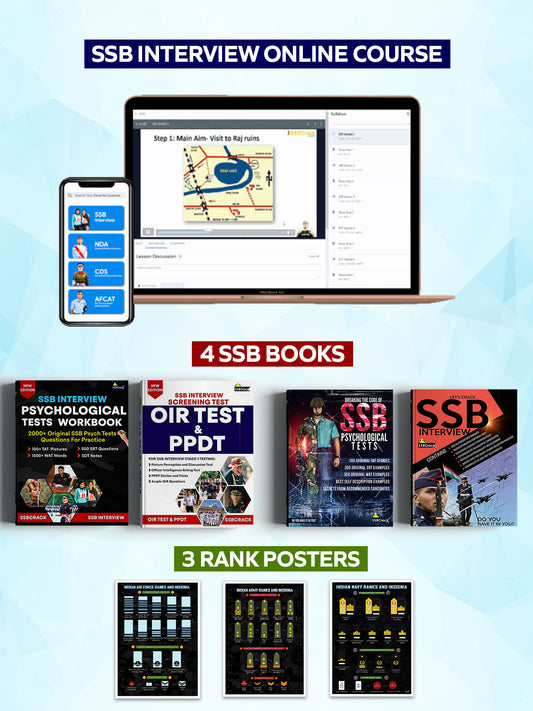

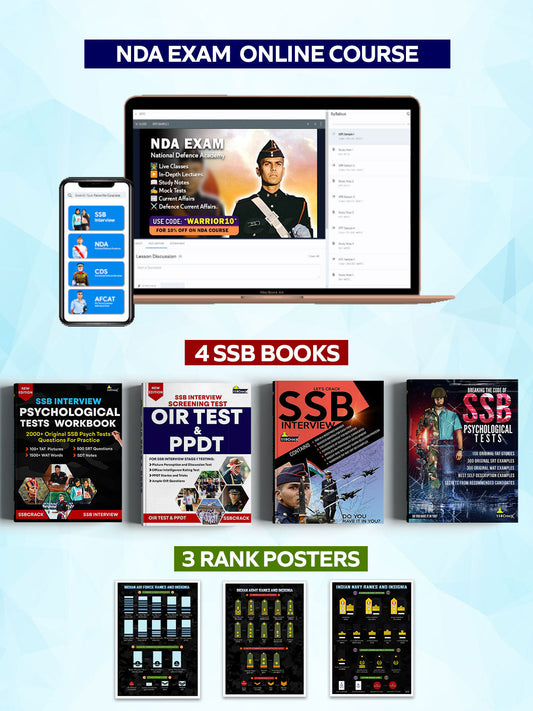

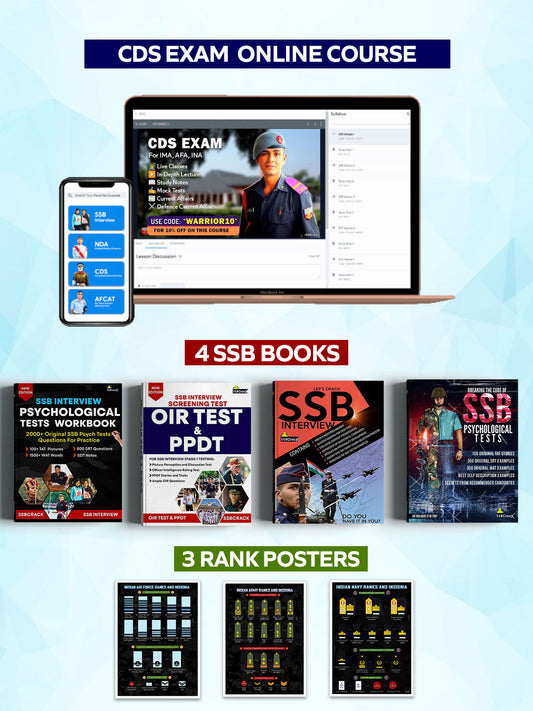

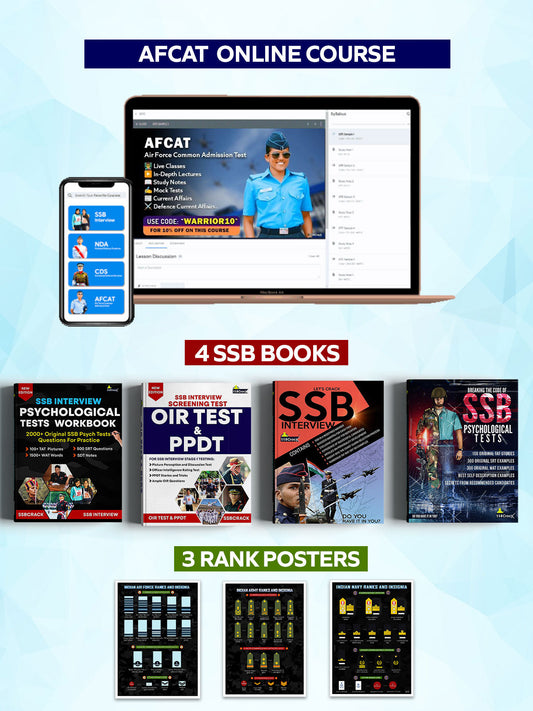



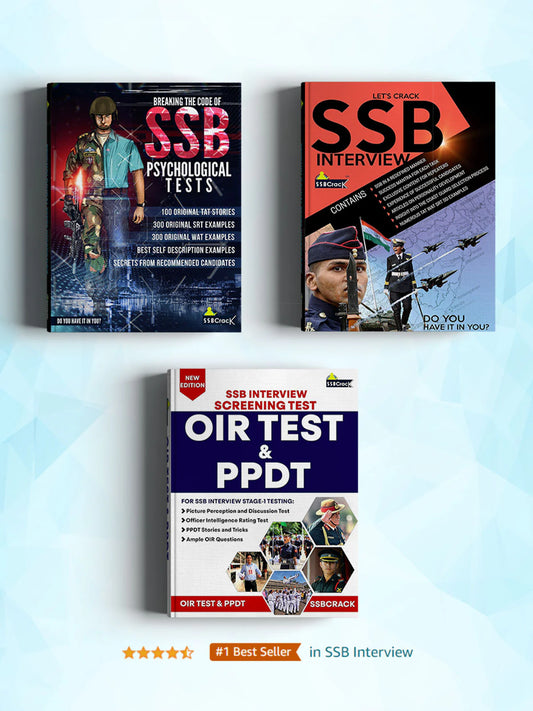

![Let's Crack SSB Interview Book [Paperback]](http://shop.ssbcrack.com/cdn/shop/files/ssb-books.webp?v=1736351621&width=533)

